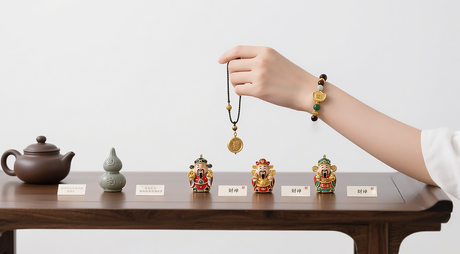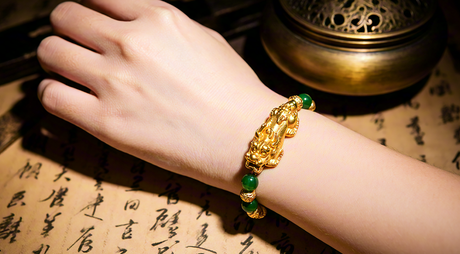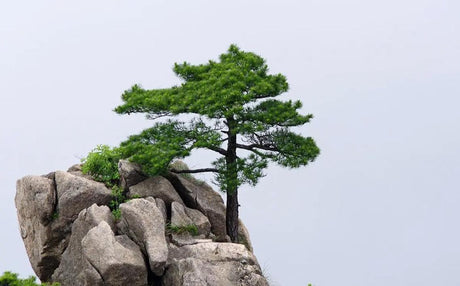Table of Contents
- 1. Geography and Historical Background
- 2. Language and Literature
- 3. Religion and Spiritual Practices
- 4. Festivals: Celebrations of Faith and Community
- 5. Traditional Food and Cuisine
- 6. Art, Music, and Handicrafts
- 7. Traditional Clothing
- 8. Daily Life and Community
- 9. Cultural Etiquette for Visitors
- 10. Modern Cultural Preservation
- 11. Related Articles in This Series
Tibet, China, often called the “Roof of the World,” is a land of towering mountains, vast plateaus, and deep cultural traditions. Home to over 6 million Tibetans, this region boasts a unique way of life shaped by geography, history, and spirituality. From ancient monasteries to colorful festivals, Tibetan culture reflects a remarkable blend of religion, art, and community life.
1. Geography and Historical Background
Tibetans primarily live in Tibet Autonomous Region, China, but significant populations also reside in Qinghai, Sichuan, Gansu, and Yunnan provinces, China. The high-altitude Tibetan Plateau, averaging over 4,500 meters above sea level, influences architecture, agriculture, and daily life.
Historically, Tibet was an independent kingdom known as the Tubo (Tibetan) Empire in the 7th century. It became a center of Buddhist scholarship and cultural exchange with India, Nepal, and China. Over the centuries, Tibet’s political landscape evolved, culminating in the formation of the Tibet Autonomous Region within the People’s Republic of China in 1965.
2. Language and Literature
Tibetan culture is deeply connected to its language and literary traditions:
- Tibetan Language: A member of the Sino-Tibetan language family, with its own script developed in the 7th century.
- Religious Texts: Buddhist scriptures, commentaries, and philosophical treatises form a core part of written culture.
- Epic Literature: The Epic of King Gesar, one of the world’s longest epic poems, narrates heroic adventures blending history, folklore, and moral teachings.
- Folk Stories and Proverbs: Passed orally, often recited during festivals or communal gatherings.

3. Religion and Spiritual Practices
Religion is central to Tibetan identity:
- Tibetan Buddhism: Introduced from India in the 7th century, with major schools including Gelug, Nyingma, Sakya, and Kagyu.
- Monastic Life: Monks engage in rigorous study, debate, meditation, and rituals. Famous monasteries include the Potala Palace, Lhasa, China, and Jokhang Temple, Lhasa, China.
- Daily Practices: Pilgrims perform circumambulation (kora) around sacred sites, spin prayer wheels, and make offerings at shrines.
4. Festivals: Celebrations of Faith and Community
Tibetans celebrate numerous festivals, combining religion, folklore, and community bonding:
1. Losar (Tibetan New Year)
- Celebrated in Tibet, China, typically in February or March.
- Activities: House cleaning, making offerings, family gatherings, and ritual dances.
- Food: Guthuk soup, barley-based dishes, and ceremonial butter tea.
2. Shoton Festival (Yogurt Festival)
- Marks the end of the annual monastic meditation retreat.
- Features giant Thangka unveilings, Tibetan opera (Lhamo), and communal feasts.
3. Saga Dawa Festival
- Commemorates the birth, enlightenment, and death of Buddha.
- Devotees perform circumambulations, charity, and hang prayer flags at sacred sites.

5. Traditional Food and Cuisine
- Staples: Tsampa (barley flour), yak butter, and dairy products.
- Beverages: Butter tea (po cha), a warming blend of tea, yak butter, and salt.
- Dishes: Thukpa (noodle soup), momos (dumplings), and steamed yak meat.
- Festival Foods: During Losar, Guthuk soup contains symbolic dumplings with hidden items representing luck or character traits.
6. Art, Music, and Handicrafts
- Thangka Painting: Religious scrolls illustrating deities, mandalas, and legends.
- Tibetan Opera (Lhamo): Combines music, dance, and storytelling; often performed during festivals.
- Handicrafts: Woolen clothing, jewelry with turquoise and coral, carved wooden items, and metalwork.
- Music: Traditional instruments include dungchen (long trumpet) and gyaling (reed instrument), integral to rituals.
7. Traditional Clothing
Men wear chuba (long robe) with boots and wool hats. Women wear colorful chubas with aprons, silver jewelry, and elaborate headdresses during festivals. Children wear miniature traditional attire.

8. Daily Life and Community
- Housing: Stone or adobe houses, often with prayer flags on rooftops.
- Economy: Combination of pastoralism, agriculture, and trade; yaks provide milk, butter, and transport.
- Social Structure: Community cohesion is strong, with shared labor and religious festivals reinforcing bonds.
- Education & Modernity: Schools teach both Tibetan language and Mandarin, blending tradition with contemporary education.
9. Cultural Etiquette for Visitors
- Respect religious sites: Ask permission before photography; follow local customs.
- Greetings: A slight bow or folded hands shows respect.
- Participation: Accept offerings politely; observe rituals without interference.
10. Modern Cultural Preservation
- Tourism: Monasteries, trekking routes, and festivals attract global visitors.
- Handicrafts and Art: Traditional weaving, Thangka painting, and silver jewelry contribute to local economy.
- Non-physical Cultural Heritage: Epic recitations, opera, and music are preserved through festivals and community programs.
- Sustainable Development: Balancing modern infrastructure with cultural preservation remains a priority.










